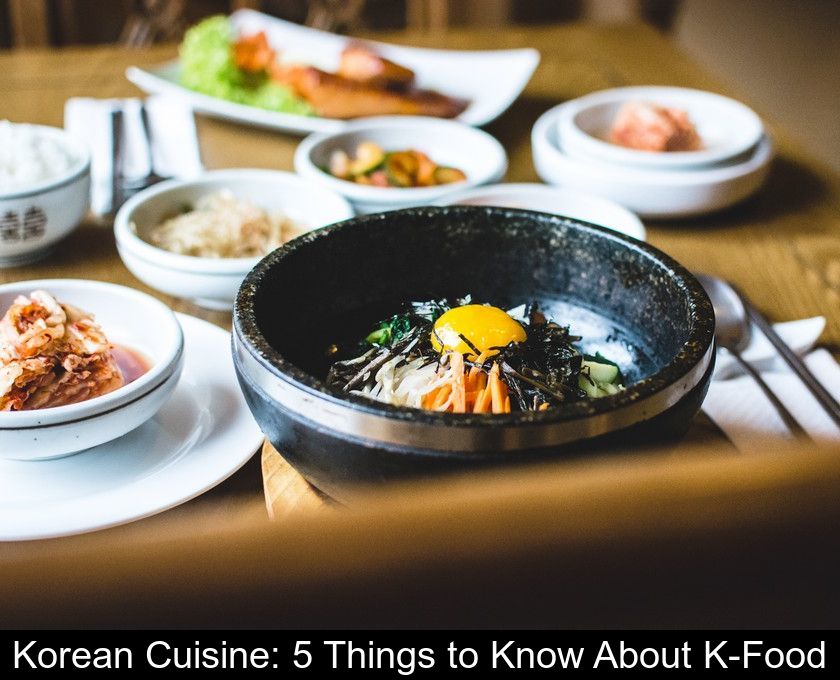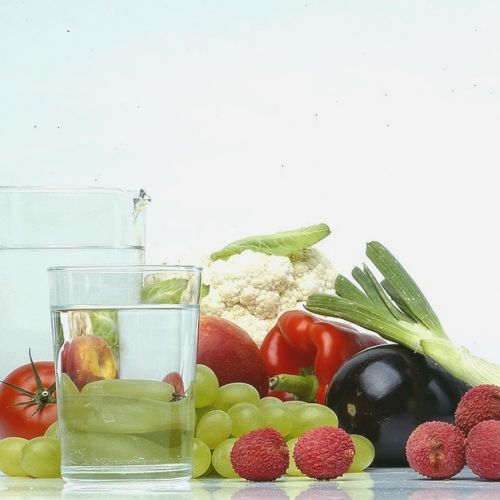Korean Cuisine: 5 Things To Know About K-food
For the past two decades, Korean culture has been sweeping across the globe and into our dishes. Gastronomy is one of the most fascinating aspects of this country because South Korea has developed a cuisine that is both healthy and creative. Here are 5 things to know about Korean cuisine.
Korean cuisine is simple and sophisticated.
Korean cuisine varies depending on the regions of the peninsula but also, and most importantly, according to the seasons. It honors fresh ingredients that are available throughout the year.
The traditional Korean meal mainly consists of rice sometimes mixed with seeds, kimchi (fermented and spiced cabbage), vegetables, soup, stew, and grilled meat or fish. The number of dishes served, of course, depends on the significance of the occasion.
Korean cuisine is very healthy.
Korean cuisine is one of the most well-balanced in the world. According to a 2008 study, traditional Korean food has beneficial health effects.
This is not surprising since most Korean dishes combine cereals, vegetables, fish, and fatty acids, giving them excellent nutritional value.
The cuisine is not strictly vegetarian, but it does highlight vegetables and plants. The ratio of plant-based to animal-based foods is 80 to 20.
This cuisine makes extensive use of marinated and fermented foods, which are very good for health. According to the American health magazine Health, the famous kimchi is one of the five healthiest foods in the world!
Finally, Korean dishes contain spices and condiments with numerous benefits such as ginseng and ginger as well as garlic and chives.
Korean cuisine is colorful and creative.
Korean cuisine is also one of the most colorful in the world. In bibimbap (a complete dish served in a large bowl), there are foods of all colors. However, Koreans believe that each color is beneficial to a part of the body and corresponds to an element (fire, earth, metal, water, and wood).
In South Korea, every meal is social and creative. While rice and soup are served in individual portions in bowls, all other dishes and side dishes are presented on the table so that each guest can pick at will with their chopsticks!
In Korea, both chopsticks and spoons are used, particularly for enjoying soups and broths. The chopsticks are often made of metal, a tradition stemming from the time when kings ate with silver chopsticks to detect any possible poison.
Korean cuisine contains a lot of garlic.
This information will undoubtedly surprise you, but garlic is one of the most commonly used condiments in Korean cuisine.
In France, we consume an average of 500 g of garlic per person per year. In South Korea, the average consumption is 6.2 kg of garlic per person per year.
Korean cuisine features iconic specialties.
If you're unfamiliar with Korean cuisine, here are some terms to know before heading to a Korean restaurant or trying out local recipes.
Kimchi is a side dish that accompanies every meal. It's typically made from marinated and fermented cabbage with garlic and chili pepper, but in reality, there are over 350 variations of this staple condiment!
Doenjang refers to fermented soybean paste, and gochujang to red chili paste.
Bulgogi is the famous traditional Korean barbecue. It's usually made with thinly sliced beef sirloin (but sometimes also with chicken, fish, seafood, and vegetables). The ingredients are marinated and then quickly grilled over high heat on a brazier.
Samgyeopsal consists of slices of pork belly grilled on a tabletop stove. They are cut with scissors as they cook and eaten with vegetables and, of course, kimchi!
Bibimbap is a large bowl containing rice and various ingredients (meat, vegetables), topped with a drizzle of sesame oil and a fried egg. This colorful bowl makes for a complete meal. Before eating, add some gochujang or red chili paste.





